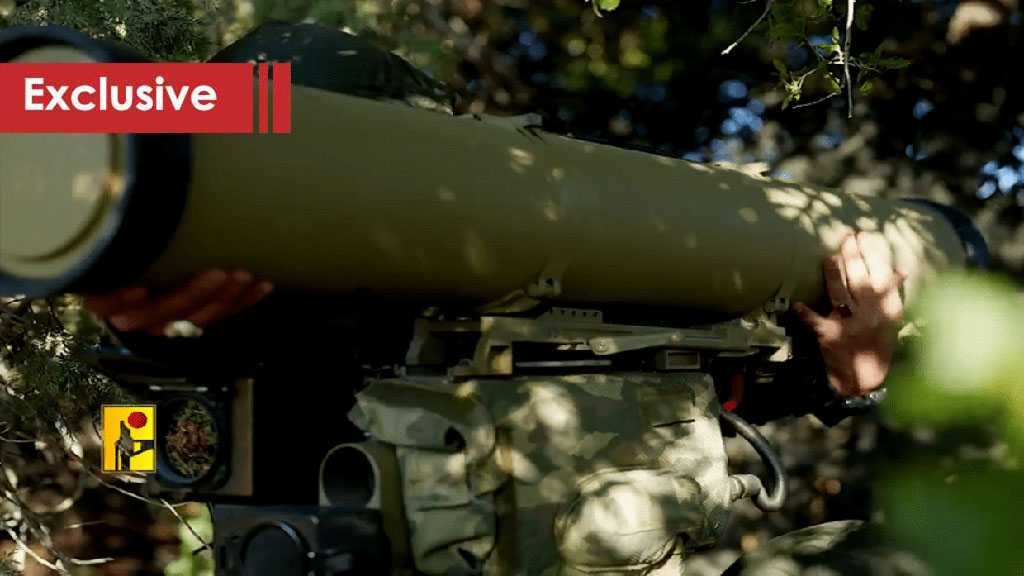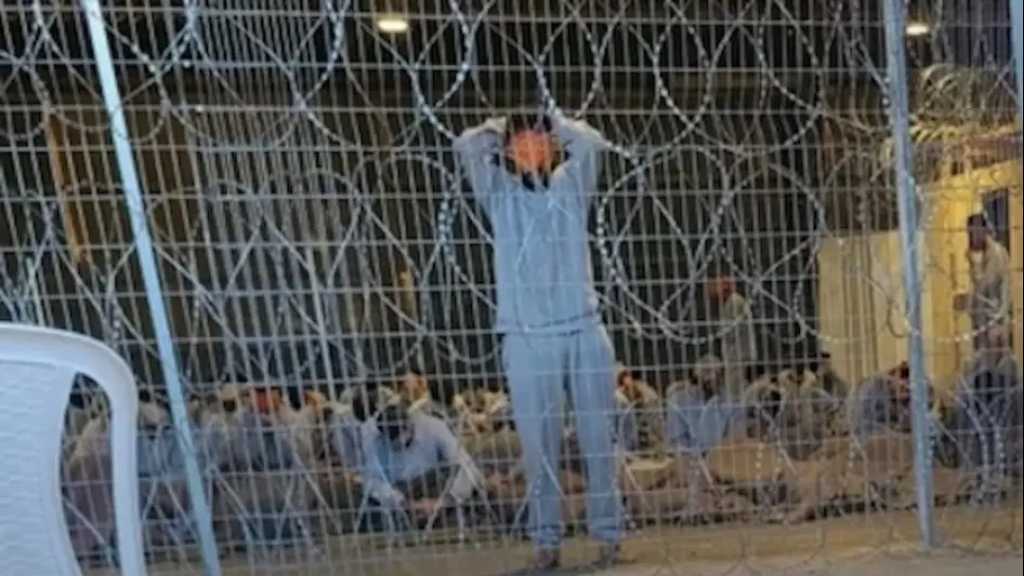Defiant Land: When Nature Becomes a Weapon

By Fatima Haydar
Lebanon — Beneath the ancient roots of olive trees lies a tale of unwavering resilience, whispered through every green leaf. Trees are not mere adornments of the earth or simple sources of shade and fresh air—they are steadfast sentinels, silently standing guard against the tempests of time. Their branches stretch skyward in bold defiance, while their roots cling to the soil of their homeland, refusing to sever the bond with their identity.
In a world saturated with weapons and advanced technology, nature remains humanity’s most loyal ally, especially for those who stand against an enemy unrelenting in its ambitions. When darkness envelops the land, trees transform into sanctuaries, natural fortresses cradling their children. Their shadows blend seamlessly with the night, their leaves swaying gently with the breeze, concealing within their protective embrace the secrets of those who fight for land and dignity.
A glance at the border between Lebanon and occupied Palestine reveals a striking disparity. On the Lebanese side, once vibrant with lush forests and flourishing trees, the landscape now bears the charred scars of deliberate fires and desolation, inflicted by the “Israeli” occupation’s relentless aggression. Meanwhile, the occupied Palestinian territories appear as a verdant oil painting, their greenery alive and thriving, a painful contrast between the injustice of occupation and the enduring vitality of nature.
This somber tableau reaches its crescendo when the flames rise, transforming the scene into a surreal tragedy. The sky glows crimson, and black smoke slithers across the horizon like a serpent devouring the land’s green vitality. Yet, from the ashes, green shoots rise like the fingers of a child reaching toward the light—a poignant testament to the earth’s indomitable will to regenerate. Even in devastation, it carries an eternal message: the land, no matter how deeply scarred, always finds its way back to life.
This vegetation, more than a scenic backdrop, serves a critical strategic role. It forms a natural line of defense, offering refuge to those who understand its power to protect. Resistance fighters, deeply attuned to this symbiotic relationship, have harnessed the cover of bushes and forests to endure and shield themselves from the enemy’s unrelenting gaze.
But the enemy, equipped with advanced technology, seeks to dismantle this natural sanctuary. In footage released by the “Israeli” occupation, a drone hovers over a border area, its lens capturing every movement with chilling precision. Fighters appear in open terrain, unaware of the watchful electronic eye tracing their every step. Here, nature itself seems betrayed, manipulated into exposing its defenders. With their positions identified, a devastating strike follows—an agonizing moment underscoring the grave danger of losing the protective canopy that once offered shelter.
Despite these calculated attempts to strip the land of its green armor, nature’s resilience prevails. Trees sprout anew, defiant in their rebirth, proclaiming that life will always outlast destruction. The enemy, acutely aware of the strategic importance of these trees, wages a relentless war against them, yet nature persists, returning stronger and more determined.
Reforestation is far more than an environmental effort—it is a national duty and a strategic imperative. Every tree planted becomes a shield, every branch a testament to a land that refuses to yield. In planting life within scorched soil, we safeguard not only ourselves but also the profound truth that those rooted in their land’s essence are unshakable.
When the occupation sets fire to our lands, it destroys not only the natural world but also seeks to extinguish the spirit of resistance within us. Yet, as long as we plant and nurture our earth, we wield a weapon time cannot erode—a green testimony to our defiance. This land, no matter how fervently they attempt to destroy it, bows only to the hands that sow its seeds and tend to its soil.
Comments

Defiant Land: When Nature Becomes a Weapon
one month ago


